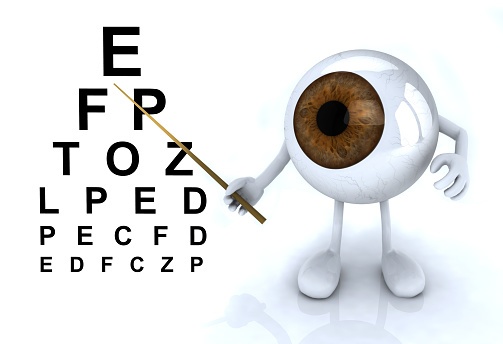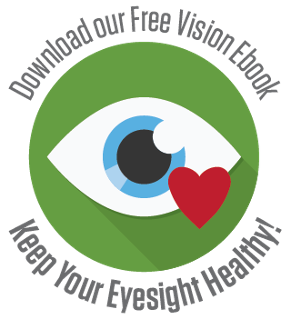By Brooke Ellis on Sep 1, 2016 @ 09:42 AM
More than 150 million Americans use corrective eyewear. Glasses, contact lenses, surgery…there are options aplenty for sharpening our vision.
The most common problems that occur with our vision are near-sightedness, known as myopia—where closer objects are easier to see and further ones are blurry—and far-sightedness, or hyperopia, which has the opposite effect.
Blurred vision occurs when light does not properly hit the retina (in the back of the eyeball) due to abnormal eye shape. Symptoms for both can also include headaches and squinting to see at either up-close or far distances. Many children are diagnosed when they have a hard time seeing in school.
So, what are the differences between myopia and hyperopia? There are a few, along with some similarities.
NIH experts estimate that as many as 41 percent of Americans are near-sighted, which was just 25 percent in the early 1970s. Hyperopia affects about five to 10 percent in the U.S. (This is not to be confused with age-related far-sightedness known as presbyopia.)
These two conditions can affect us at any age, from infancy to elder age. Both are thought to be inherited, but there are also other factors. Studies show that outdoor activity could lower the increased incidence of myopia in children.
With myopia, instead of its normal, round shape, the eye has a long oval shape. This causes the eye to focus images in front of the retina, instead of directly on it. Those with hyperopia have eyes that are too short, and images are then focused behind the retina.
What treatments are available? Eyeglasses, contact lenses and surgery are used to correct myopia and hyperopia.
- The curved lenses in eyeglasses use curved lenses to refocus light rays onto the retina for clear vision.
- Contact lenses sit on the surface of the eye, and various shapes and types of lenses are available to correct the different vision errors.
- Refractive surgery is also available to correct myopia and hyperopia. LASIK, which uses a laser to reshape the cornea, is the most common type of surgery. The cornea is the outer layer of the eye.
Contact your eye doctor to learn more about these common vision problems and treatments. It’s important to get a complete eye exam every year to stay on top of your vision and overall eye health.





comments